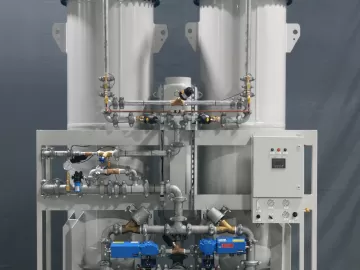Food Safety Design Tips for Pneumatic Systems
Current Good Manufacturing Practices (cGMPs) under FSMA CFR Title 21 117.40 is the cornerstone of this food safety effort. Title 21 details the cleanability and cross contamination standards that plants must meet so that food is deemed safe. The following are tips for updating existing pneumatic systems in food and packaging and what to look for when purchasing new systems.




